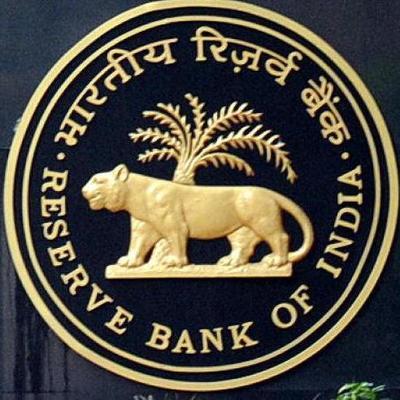
The slowdown in the domestic economy is persisting with falling consumption and investment. Production cuts by various companies is triggering panic in the job market as well. In such a background, the Central Bank has revised the FY 20 GDP downward to 6.9 percent.
One of the major issues being faced by the domestic economy is the liquidity crunch experienced in the market. The previous rate cuts by the RBI have not helped in improving the credit growth in the economy. The low credit growth in the economy throws light on the fact that the NBFC crisis is still plaguing the market. NBFC sector plays an important role in providing credit to consumers. According to the letter written by the SIAM to the finance ministry, 70 percent of two-wheeler sales and 60 percent of commercial vehicles sales are financed by the NBFCs.
The economy is experiencing a ‘domino effect’. For instance, the liquidity crunch in the NBFC sector triggered by the ILFS crisis has led to decline in lending. This has negatively affected sales in the automobile industry. Falling sales and piling up of inventories have forced automobile companies to cut down production. Cutting down of production by the companies has resulted in thousands of workers losing their jobs.
It clearly shows that there is an urgent need to fix the issues in the NBFC sector. In the budget, the Finance Minister announced that the government will provide one time six months’ partial credit guarantee of Rs 1 lakh crore to Public Sector Banks (PSBs) for the purchase of high-rated pooled assets of financially sound NBFCs. Similarly, in its fourth bi-monthly policy, RBI has announced two more measures to address the crisis in the NBFC sector. Firstly, banks’ exposure to a single NBFC has been raised from 15 percent to 20 percent of tier-1 capital. Secondly, banks’ lending to NBFCs for on-lending to agriculture (up to 10 lakhs), MSMEs (up to 20 lakhs), and housing (up to 20 lakhs) will be treated as a priority sector lending. Presently, banks are required to lend 40 percent of Adjusted Net Bank Credit or Credit Equivalent Amount of Off-Balance Sheet Exposure to priority sectors.
It is indeed a welcome sign that the Central Bank and government have initiated steps to address the liquidity crisis. With these measures, it is expected that lending to the NBFCs will improve and credit growth in the economy will resume.
Posted: August 2019